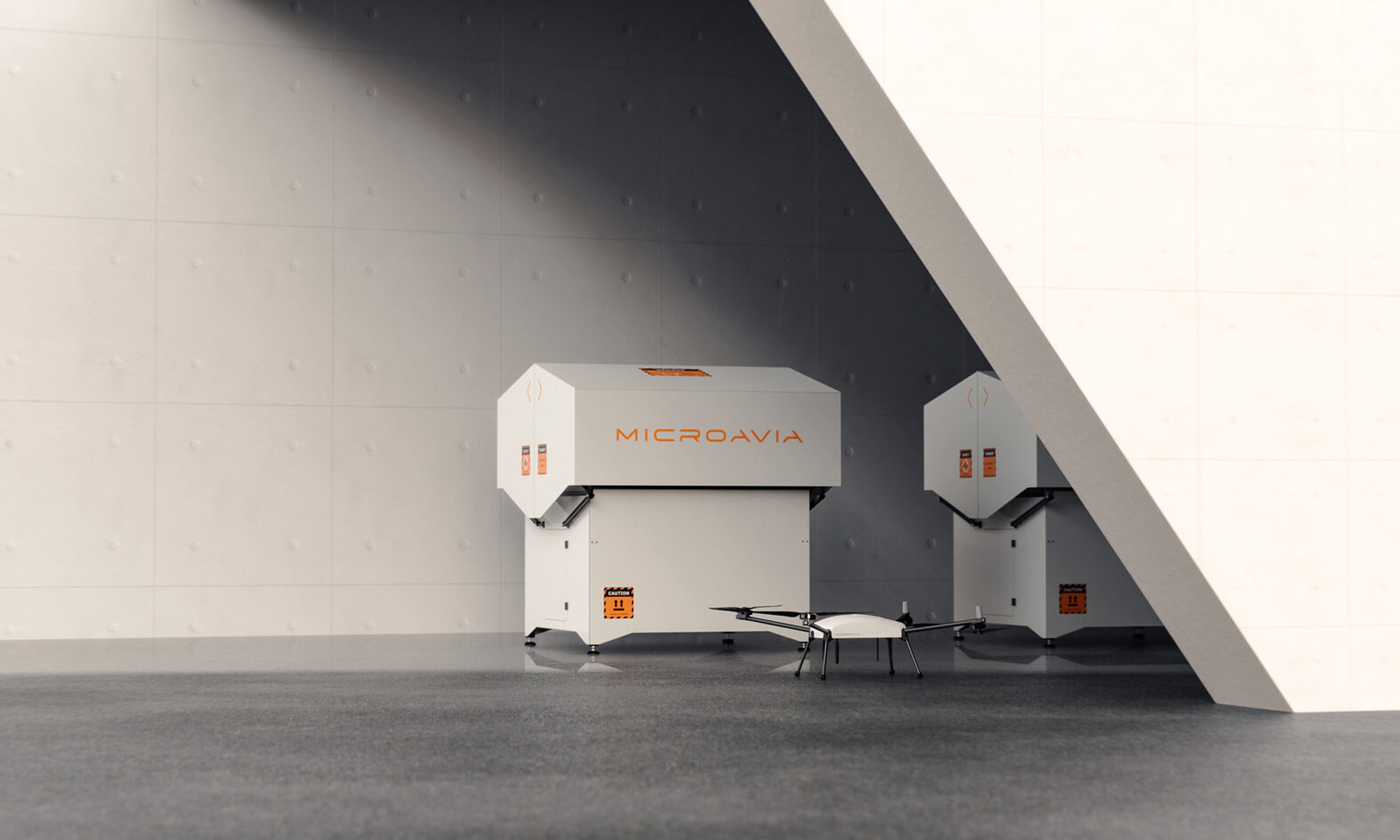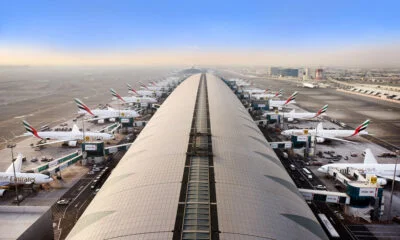News
Dubai Survey Drones Explore Minerals In Central Asia
The UAVs reduce costs and boost efficiency by replacing helicopters and large teams of researchers and geophysicists.

Microavia, a UAE-based company established in Dubai in 2022, delivers drone-based solutions for security, monitoring, and surveying.
Now, the company is helping geologists and researchers explore mineral deposits in Central Asia and Kazakhstan. Microavia’s advanced aerial surveying platform, Fortis, provides detailed information about an area’s geological structure, reducing task times by half and drastically cutting costs.
“We have successfully concluded all preflight tests with Microavia Fortis. A special feature of their geodrone is their ability to stay in the air for up to 60 minutes. The drone can carry up to 12 kg of payload. [and has] shown high efficiency in conducting aeromagnetic surveys due to the stability of the flight direction even in strong winds and long flight time,” explained Kirill Bazhin, CEO of Geodevice Kazakhstan.
Microavia drones hover at low altitudes between 40 and 100 meters, scanning the ground in 400-meter-wide sections. Hundreds of miles of land can be surveyed in days instead of weeks or months, and mineral exploration missions can now be undertaken in previously inaccessible areas.
“Big thanks to Microavia for supplying us with their drones for Terra Exploration. The 45-minute flight time with the magnetometer is quite impressive! Moreover, their team provided us with a beneficial and enjoyable pilot course. I can’t wait to start using these drones in our work,” said Nikita Shaliuto, geophysicist of Terra Exploration.
Also Read: The Middle East Is Rapidly Becoming An eSports Hub
According to recent reports, aluminum, copper, gold, and lithium deposits fall short of anticipated demand. Central Asia, and especially Kazakhstan, has a vast unexplored reserve of minerals, and drone-based exploration can help speed up their extraction.
Microavia’s export of advanced UAVs is also bolstering efforts by the UAE to diversify its industrial sector from traditional oil, petroleum, and gas production.
News
HiFuture Wraps Up Successful GITEX GLOBAL 2024 Appearance
The electronics company wowed audiences at the world’s largest tech event with a range of wearable and smart audio devices.

This year’s GITEX GLOBAL 2024 in Dubai saw a huge number of startups, electronics firms, and innovators from around the globe gather for the tech sector’s largest event of its kind. One company making waves at this year’s expo was Chinese tech group HiFuture, which showcased a range of products with a focus on wearable technology and smart audio.
At the HiFuture booth, the company captivated attendees with cutting-edge smartwatches like the ACTIVE and AURORA, along with a range of powerful wireless speakers, earbuds, and even smart rings. Visitors were eager to check out the sleek new designs on offer and even had the chance to test out some of the products themselves.

Among the highlights were smartwatches combining dual-core processors with customizable options. The devices blended style and technology, offering health monitoring capabilities, personalized watch faces, and advanced AI-driven functionalities, giving attendees a taste of the future of wearable technology.
On the audio front, HiFuture’s wireless speakers left a lasting impression, offering rich, immersive sound in compact, portable designs. These speakers cater to both intimate gatherings and larger celebrations, offering versatility for users. Meanwhile, the company also showed off its Syntra AI technology, which it claims “revolutionizes health and fitness tracking by combining advanced optical sensors with intelligent algorithms for precise, real-time insights”.
Also Read: How (And Why) To Start A Tech Business In Dubai
The presence of HiFuture’s leadership team at GITEX 2024 underscored the importance of this event for the company, with CEO Levin Liu leading a team of executives, all keen to engage with attendees and offer insights into HiFuture’s vision, product development process, and future direction.
Overall, it seems that GITEX GLOBAL 2024 has been a rewarding experience for HiFuture. The enthusiasm and curiosity of attendees shown to the company’s diverse range of products was obvious, with the HiFuture team leaving on a high note and clearly excited and motivated by the event.




























